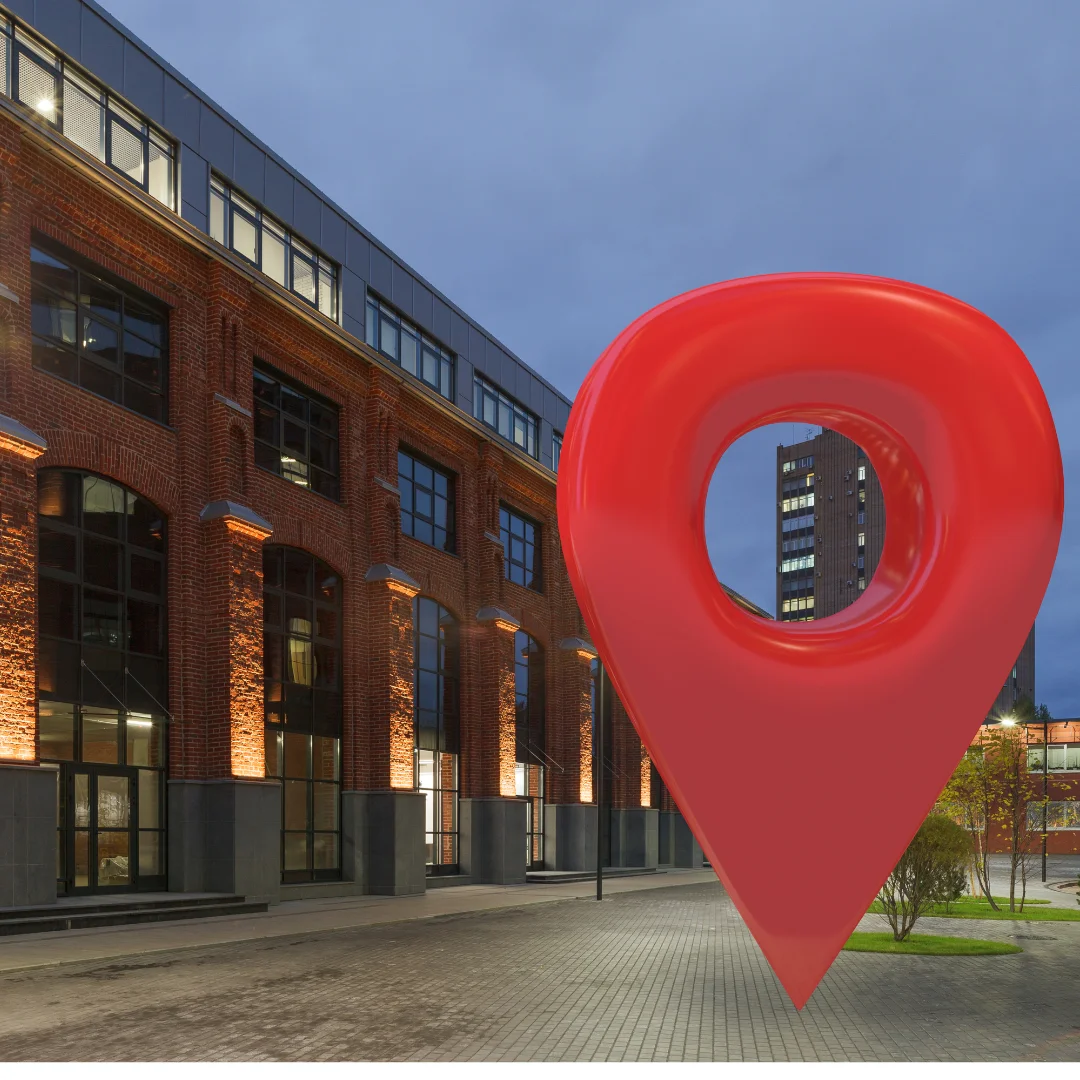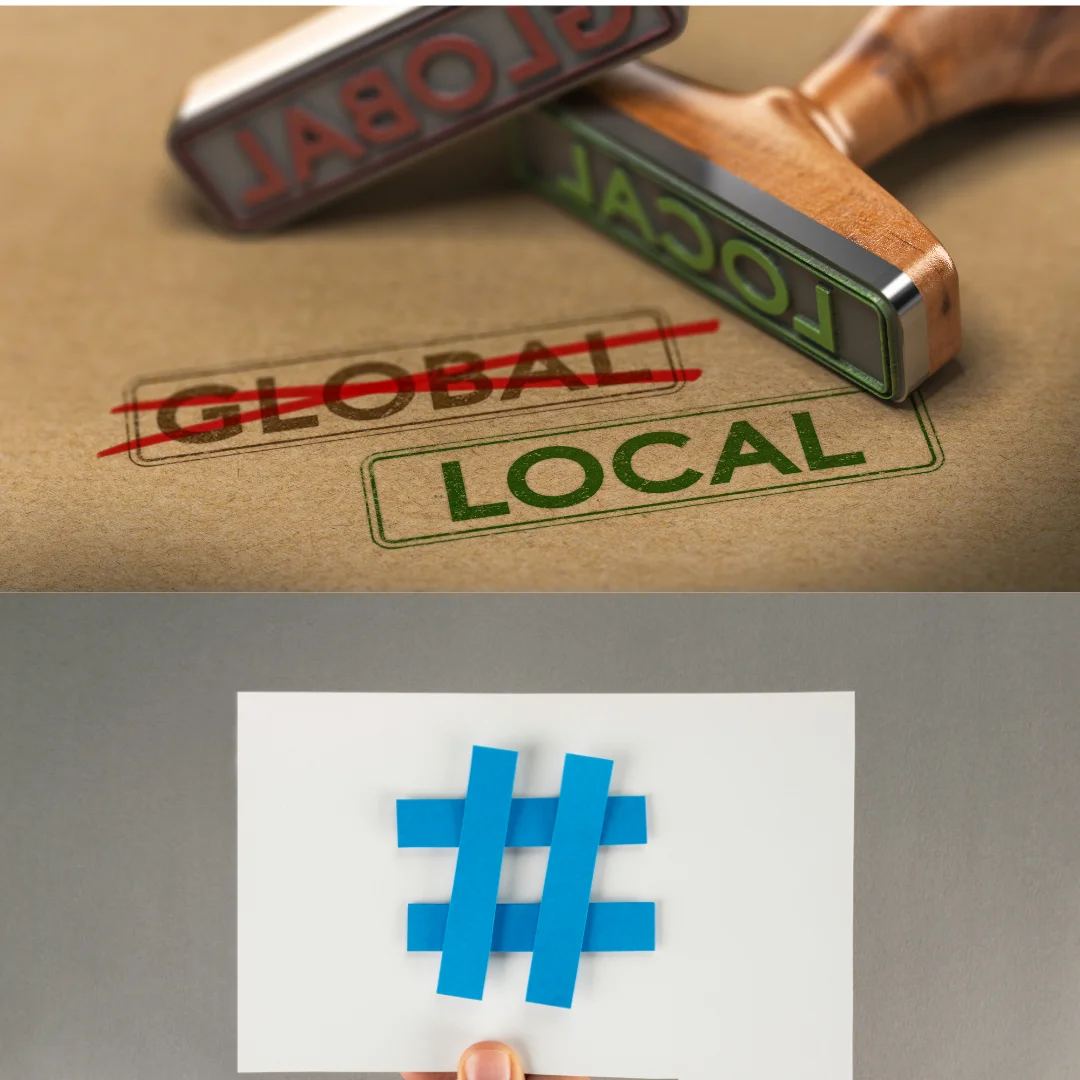Hyperlocal social media marketing involves tailoring your strategy to connect with and engage social users in a specific geographic community. This could be a neighborhood, zip code, city district, or another precisely defined local area. According to recent surveys, over 50% of consumers want brands to post more localized content relevant to their lives and interests. So, what’s driving this shift to hyperlocal?
The key benefit of hyperlocal social media marketing is it enables businesses to form meaningful relationships and drive actions among high-value, targeted nearby customers. A neighborhood pizza shop geo-tagging Instagram posts in its town and engaging residents will see much higher engagement and ROI than randomly blasting content nationwide.
If you want to skyrocket engagement and sales in your backyard, hyperlocal social media marketing is mandatory. This post will explore seven powerful strategies to optimize your localized approach. Let’s dive in!
- 1 Geo -Tag Posts to Extend Your Local Social Media Reach
- 2. Use Local Hashtags and Handles Strategically For Hyperlocal Social Media Marketing
- 3. Partner With Local Micro-Influencers
- 4. Optimize Profiles with Key Locale-Specific Details
- 5. Run Social Ad Campaigns Focused on Zip Codes
- 6. Highlight What's Unique About Your Neighborhood
- 7. Engage Locals Via User-Generated Content
1 Geo -Tag Posts to Extend Your Local Social Media Reach
One of the simplest yet most impactful hyperlocal social media strategies is geo-tagging your location-related posts.
Geo-tagging means adding location data like GPS coordinates or a place name to social media posts and updates. Doing so allows your content to appear in users’ feeds near that geography.

hyperlocal social media Geo Tag
For example, an ice cream shop in San Diego could geo-tag a post about their newest flavor with the location “Sunset Cliffs Park.” Now, nearby users browsing Instagram within a mile radius will see that post at the top of their feeds when searching for posts tagged at that park.
Geo-tagging expands your organic word-of-mouth reach tremendously versus untagged posts only seen by existing followers.
On Instagram alone, geo-tagged photos average 79% higher engagement than non-tagged posts. For hyperlocal impact, geo-tag content related to your storefront, events, sponsorships, community highlights, and relevant local happenings.
Pro Tip: Enable location services on your phone to simplify geo-tagging across platforms like Instagram, Facebook, and Twitter. Tagging takes just a tap!
2. Use Local Hashtags and Handles Strategically For Hyperlocal Social Media Marketing
What good is creating hyperlocal content if nobody can find it? Hashtags and handles make your posts stand out in the vibrant local social conversation.
Hashtags should include variations of your city name, neighbourhood, nearby landmarks or attractions, and relevant local events.

hyperlocal social media local Hash Tag
For example, some hashtags a business in Seattle’s Queen Anne district might use include:
#Seattle #QueenAnne #KerryPark #SeattleLandmark #SeaFair
Similarly, @mention has influential accounts like neighbourhood councils, city pages, and local partners in posts to extend visibility.
Getting strategic with localized hashtags and handles enables your content to be discovered by your ideal hyperlocal audience already following and searching those tags.
Pro Tip: Research what hyperlocal hashtags are trending locally to tap into existing conversations. Sites like Hashtagify allow location-based hashtag searches.
3. Partner With Local Micro-Influencers
Influencer marketing continues to grow, with 86% of marketers finding it effective for raising brand awareness. But for hyperlocal impact, don’t focus on big general influencers.
Micro-influencers with just a few thousand localized followers often drive the highest engagement and conversions. A nano-influencer passionate about your neighbourhood usually outperforms a more extensive account with vague local ties.
Look for micro-influencers who are truly embedded in your geographic community. Authentically partnering with 4-5 hyperlocal influencers by sponsoring posts or co-creating content can pay off tremendously.
Pro Tip: Scope out hyperlocal potential partners by checking relevant local hashtags and geo-tagged posts to see who appears frequently and drives engagement.
4. Optimize Profiles with Key Locale-Specific Details
Don’t overlook optimizing your local business profiles on each platform. Essential hyperlocal profile elements include:
- Address, hours, and contact info
- Location-specific descriptions
- Neighborhood attributes and amenities
- Local imagery, like storefront shots
This signals relevancy to users searching in your geographic area and looking for crucial neighborhood details.
Ensure consistency in your Name, Address, and Phone number (NAP) details across all profiles. Incorrect conflicting info could negatively impact local SEO authority.
Pro Tip: Add your business to critical hyperlocal platform listings like Google My Business, NextDoor, and Yelp for visibility.
5. Run Social Ad Campaigns Focused on Zip Codes
One concern about focusing on social media marketing locally is limiting your audience reach. This is where platform advertising comes in.
Social ads allow you to target geographic radii based on locations and zip codes precisely. Rather than blasting ads nationwide, focus your ad budget on reaching your neighborhood and surrounding communities.
You can even set campaigns to target specific user demographics within an area, like ads for women over 40 within 5 miles of your retail store. The ultra-local targeting options are invaluable.
Pro Tip: Lookalike Audiences help expand your hyperlocal ad reach by finding social users with common interests/traits to people already engaging with your business.
6. Highlight What’s Unique About Your Neighborhood
Beyond targeting, ensure your social content reflects your local neighborhood’s unique vibe and character. This content will resonate most with your geo-audience.
Develop a deep understanding of what makes your community unique through research and conversations with engaged micro-influencers, longtime residents, local historians, and active neighborhood forums.
Weave the area’s rich history, cultural diversity, landmarks, events, local heroes, homegrown businesses, and hidden gem spots into your hyperlocal messaging and visuals. Showcase the faces and places people connect with.
Pro Tip: User-generated content from customers showing neighborhood love makes great hyperlocal post material while building community.
7. Engage Locals Via User-Generated Content
Speaking of UGC, actively soliciting social content from fans in your target area can turbocharge hyperlocal engagement.
Implement strategies to get locals to share their authentic experiences like:
- Unique geo-tagged hashtags for events and campaigns
- Sharing customer posts and stories
- Neighborhood photo contests
- Check-ins, reviews, and other built-in UGC features
This funnels passionate users into local brand ambassadors while growing your community presence.
Pro Tip: Incentivize UGC participation through discounts, prizes, or simply recognizing contributors in your social channels. Everyone loves a little shout-out!
Conclusion
Standing out from the social media noise requires an extremely targeted hyperlocal approach. You gain valuable brand advocates and influencers by tailoring your strategy to engage neighborhood residents directly.
You optimize your geo-targeted campaigns using geo-tagging, strategic hashtags, micro-influencer collaborations, localized ads, and authentic community content. This results in higher local visibility, more extensive reach, and massive engagement.
Stop playing the social media marketing numbers game through broad tactics and expecting random national results. The area you want to own is right in your backyard.
Focus on crafting hyperlocal brand stories, leveraging data-driven targeting options, and building genuine community relationships through unique localized strategies. Skyrocketing engagement with the customers that matter most has never been more straightforward.
It’s time to be more than just another business in the neighborhood. Which of these seven hyperlocal social media marketing strategies will you implement first? Please let me know in the comments.
FAQs about Hyper Local Social Media Marketing
Q1. What is hyperlocal social media marketing?
A1. Hyperlocal social media marketing involves customizing your social media strategy, content, and campaigns to resonate strongly with a specific local geographic audience, such as neighborhood residents, zip code, or city district. It engages social users near a precisely defined location through localized messaging and tactics. For example, a coffee shop tailors Instagram content to resonate with its loyal North Beach neighbors in San Francisco.
Q2. Why is a hyperlocal approach important?
A2. Targeting social efforts hyperlocally leads to higher engagement, conversions, word-of-mouth referrals, and ROI as you form meaningful connections with high-value customers in your area. For example, someone down the street is more likely to visit your shop after seeing a customized post about your new milkshakes versus a generic ad.
Q3. How do I make my social media more hyperlocal?
A3. Tactics like geo-tagging posts to your location, using customized local hashtags and neighborhood handles, partnering with authentic micro-influencers in your community, highlighting beloved local hotspots, and optimizing messaging for local SEO can help optimize hyperlocal social marketing. For example, you use #SouthSideChicago, @HydeParkChicago, and @ChicagoFoodieRoy in the content.
Q4. What type of content works best for hyperlocal?
A4. User-generated posts from local customers, covering popular community events, spotlighting “hidden gem” businesses or locations only known to locals, forming partnerships with influential neighborhood accounts or city pages, and sharing timely hyperlocal news updates make engaging, shareable content that resonates in a defined geographic area. For example, re-sharing a post from a loyal customer at your Austin boutique raving about their experience.
Q5. How do I choose influencers for hyperlocal campaigns?
A5. Look for micro-influencers on social platforms who authentically live in and create content specifically about your target geographic community for the best results over broad influencers. Prioritize community commitment and local expertise over follower count. For example, you are partnering with a neighborhood blogger vs. a trendy travel blogger.
Q6. How can I measure my hyperlocal marketing performance?
A6. Track engagement metrics on your geo-tagged social content, compare hyperlocal vs. non-local content performance, use unique local promo codes to monitor conversions, leverage local business intelligence tools to connect social engagement to foot traffic, and survey local customers on brand awareness and sentiment. For example, seeing a 15% uptick in geo-tagged post likes from your target zip code.
Q7. Should I still have a national social media strategy?
A7. Absolutely. Balancing broader brand awareness and initiatives on social media with hyperlocal activation in your priority regions amplifies overall impact. Having both nationwide and hyperlocal presences working together provides the best social strategy. For example, you mix national brand campaign posts with geo-targeted local store opening posts.
Q8. What hyperlocal advertising options are available?
A8. Major platforms like Facebook and Instagram provide excellent hyperlocal advertising capabilities, allowing you to target social ads by location parameters such as zip code radius, geo-fences around an address, or even specific local landmarks. You can tailor ad budgets and messaging to the neighborhood level for high relevancy. For example, running an Instagram ad campaign focused on a 5-mile radius around your new pizza shop location.
Q9. How can I optimize listings for hyperlocal SEO?
A9. Complete and fully optimize key business listings and profiles on local directories like Google My Business, Yelp, and Foursquare to improve visibility and search rankings in your geographic area. This includes filling out all fields like address, hours, description, photos, attributes, and services, and ensuring a consistent business Name, Address, and Phone number (NAP) across all listings and profiles and, for example, categorizing your boutique as a “Women’s Clothing Store” properly in listings.
Q10. Where can I learn more about hyperlocal social marketing?
A10. Join local small business groups like Chamber of Commerce chapters or neighborhood business associations to connect with peers executing hyperlocal strategies in your city, follow social media thought leaders and influencers sharing practical localization tactics, and research successful hyperlocal social content from national and community brands in your industry to glean and implement those engaging tactics. For example, monitoring tactics used effectively from hyperlocal brands like your neighborhood pizza place.


Thanks for the marvelous posting! I really enjoyed
reading it, you happen to be a great author.I will always bookmark your blog and definitely will come back in the foreseeable future.
I want to encourage you to definitely continue your great
work, have a nice holiday weekend!
Hi! I could have sworn I’ve been to this site before but after checking through some of the post I realized
it’s new to me. Anyways, I’m definitely happy I found it and I’ll be bookmarking and checking back often!